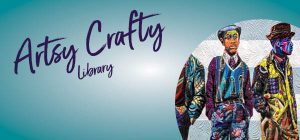African American story quilts
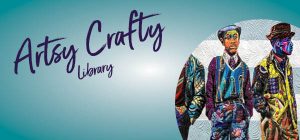
Most people associate quilts with warmth, comfort and security. Being wrapped in a big quilt your grandmother (or her grandmother) made provides a direct connection to the past and those who came before us. Quilts can also be testaments to the thriftiness of our ancestors who often had to improvise and make do with what was available, rather then being able to buy new fabric.
Today, quilters build on the traditions of those who came before them. Some artists have elevated quilting from practical to an art form. They create quilts that tell stories with pictorial imagery.
Story quilts
Some artists make representational quilts that tell stories. These quilts usually feature human figures and may even have words stitched on them to provide narration.
Faith Ringgold
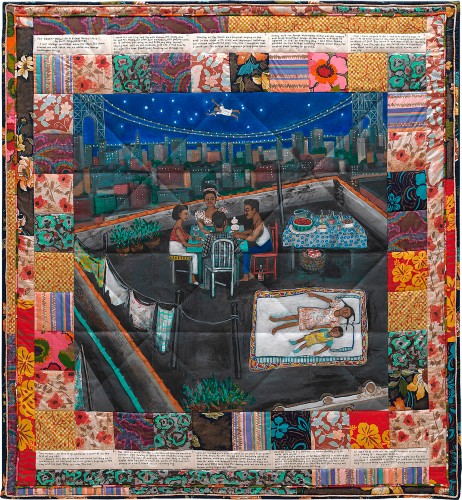
Faith Ringgold, "Tar Beach", 1988
One of my favorite story quilts was made by artist Faith Ringgold. Her "Tar Beach" quilt tells the real and imagined story of Ringgold's childhood growing up in Harlem.
On hot summer nights, her family often joined neighbors for a meal on the rooftop of their apartment building. While the adults played cards, Ringgold stayed up late and imagined what it would be like to fly over the city and be free to go wherever she wanted. She published a children's book Tar Beach based on her quilt. We have a copy you can check out.
Bisa Butler
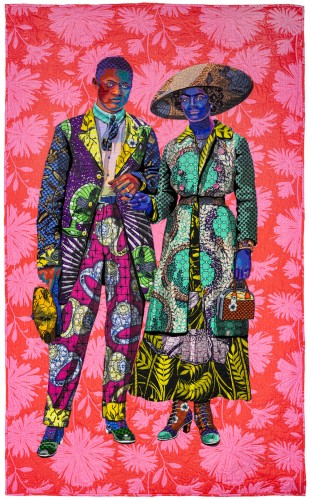
Bisa Butler, "Broom Jumpers", 2019
Another quilt artist I really admire is Bisa Butler. She creates larger than life portrait quilts that are often based on historical photographs. Rather than simply reproducing the photograph in fabric, Butler removes the background and focuses on the people themselves. She creates stories about them, and uses these back stories to give her figures new life.
To me, the most striking elements of Butler's quilts are her masterful use of color and pattern and her ability to create individualized portraits out of small pieces of fabric. Her fabric choices also convey meaning. Two of her quilts include fabric printed to look like kente cloth from Ghana, her ancestral homeland. For a good overview of Butler's work, check out Bisa Butler: Portraits.
Quilting memorials
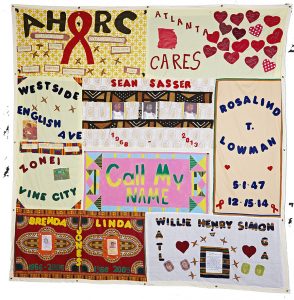
"Call My Name" quilt project, block #5975
Quilts can provide comfort during hard times, so it seems natural that some quilts are used as memorials. Probably the best know of these is the AIDS Memorial quilt. Started in the mid-1980s, by 2019 the quilt had grown to almost 50,000 panels.
A subset of the larger AIDS quilt is the "Call My Name" project. It was created to draw attention to the devastating impact HIV/AIDS has had on African American communities. While AIDS doesn't make the news much anymore, in 2019 African Americans made up 42 percent of the nearly 38,000 new HIV diagnoses in the U.S. You can see a virtual exhibition of some of the quilts in the "Call My Name" project on the National AIDS Memorial website.
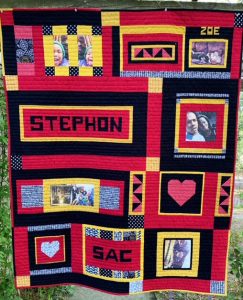
SJSA Memory Quilt
The Social Justice Sewing Academy (SJSA) was founded in 2017 by Sara Trail to "blend my love of sewing and quilting with my passion for advocating against systemic racism, discrimination, and injustice."
The Stitching Stolen Lives: the Social Justice Sewing Academy Remembrance Project book features memory quilts created by volunteer quilters who work with families of murder victims. The quilts may incorporate articles of the person's clothing or photographs of them. They are sewn as memorials and as celebrations of a person's life that their families can wrap themselves in and take comfort from.
Try stitching your own quilt
Whether you're drawn to traditional patterns or want to create your own designs, quilting is a hobby anyone can do. 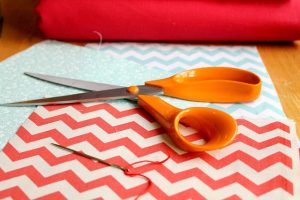 Getting started with quilting is easier than you might think and you don't even need a sewing machine. You can hand stitch like quilters of the past or use the latest and greatest machine.
Getting started with quilting is easier than you might think and you don't even need a sewing machine. You can hand stitch like quilters of the past or use the latest and greatest machine.
Whichever method you choose, it's a good idea to start small and work your way up to larger pieces. I encourage you to try your own variations on traditional patterns and experiment with bold colors. You can make a quilt that's uniquely you.













